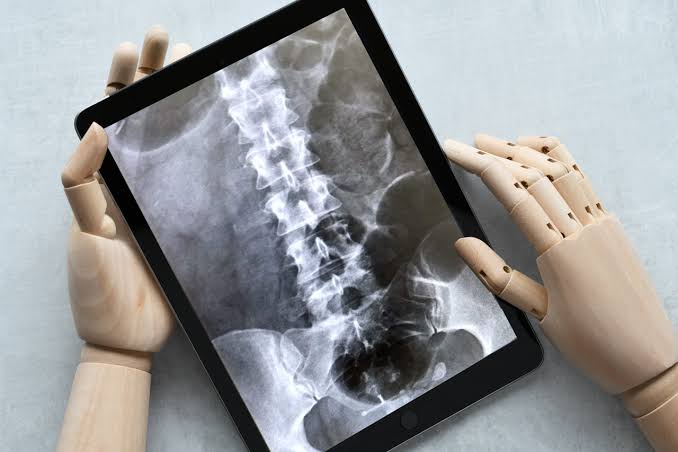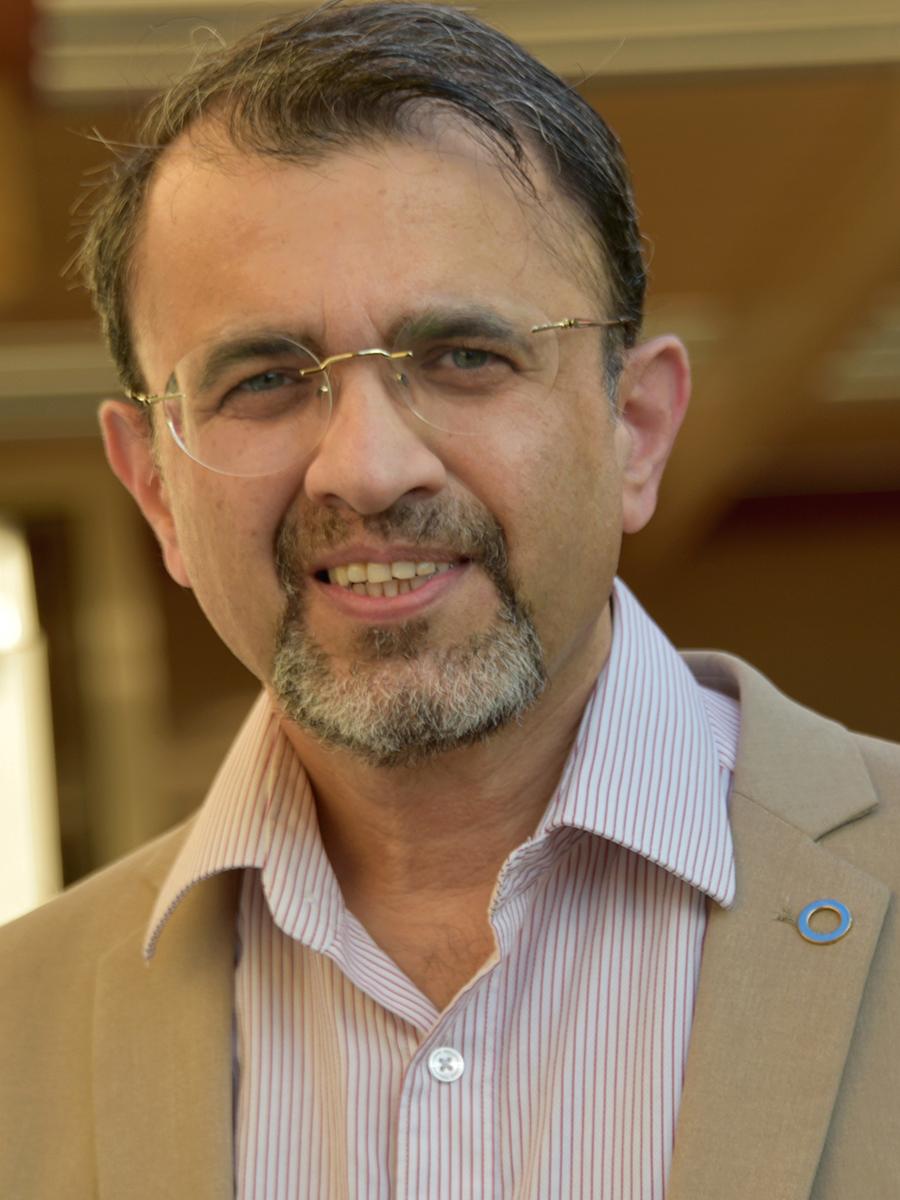A medical breakthrough out of Australia could dramatically shift how Type 1 diabetes (T1D) is diagnosed and managed in children.
Researchers at Western Sydney University have unveiled a new artificial intelligence (AI) tool that can accurately assess a child’s risk of developing Type 1 diabetes long before symptoms appear. At the heart of this innovation is a powerful algorithm known as the Dynamic Risk Score for Children (DRS4C), which analyses blood-based microRNAs—tiny molecular markers that act as early warning signs of autoimmune activity.
This tool marks a significant milestone in proactive paediatric care and has been described as a potential game-changer for the early detection and management of juvenile diabetes.

AI Tool Offers New Hope for Early Type 1 Diabetes Detection ( Image Source: Medical Journal-Houston )
Inside the Science: How the AI Tool Works
The DRS4C model functions by processing microRNA profiles found in blood samples. These microscopic molecules are critical indicators of biological changes within the body and often precede any visible symptoms of disease.
By analysing these profiles using machine learning, the AI calculates a personalised risk score that predicts the likelihood of a child developing T1D. This allows clinicians and parents to receive a diagnosis well before any health crisis occurs—often months or even years in advance.
Unlike conventional methods, which typically detect the disease after blood glucose abnormalities arise, this system provides a valuable head start, enabling early interventions and improved disease management.
Leading the Innovation: Professor Anand Hardikar
The project is spearheaded by Professor Anand Hardikar, a renowned diabetes researcher at Western Sydney University’s Molecular and Cellular Medicine lab. He and his team have spent years studying the intricate role of microRNAs in autoimmune diseases.

Pioneering the Breakthrough: Prof. Anand Hardikar ( Image Source: Western Sydney University )
Speaking on the development, Professor Hardikar explained, “We’re witnessing a pivotal moment where artificial intelligence is no longer just theoretical—it’s becoming a frontline tool in healthcare. This system offers the potential to completely reshape how we diagnose and treat childhood diabetes.”
The research has been validated through clinical data and trial groups, showing strong predictive accuracy and reliability.
Why This Matters: Addressing a Growing Health Concern
The prevalence of Type 1 diabetes in children is rising, both in Australia and globally. The condition typically develops between the ages of 5 and 14, and if not identified in time, can lead to dangerous complications such as diabetic ketoacidosis (DKA)—a life-threatening emergency.
Though diabetes management has evolved with advancements like insulin pumps and glucose monitors, the initial detection process remains problematic. Often, families don’t discover the condition until a serious medical incident occurs.
That’s what makes the DRS4C tool so impactful. By facilitating early, pre-symptomatic detection, healthcare providers can implement lifestyle adjustments, proactive monitoring, and medical planning well before any acute symptoms appear.
Also Read: South Australia Commits $28 Million to AI Program to Boost Innovation and Growth
Real-World Impact: What It Means for Families
For many parents, this tool offers more than medical data—it offers peace of mind and a sense of control.
One mother from New South Wales, whose daughter was part of a clinical trial, described the difference it made: “When our eldest son was diagnosed, we were caught completely off guard. But this time, with our daughter, we had early warning. We could prepare, plan, and support her properly. It changed our entire approach.”
In the trials, families who received their child’s DRS4C results expressed lower anxiety levels and greater confidence in navigating potential health outcomes. Many felt empowered to make informed decisions about their children’s future.
What’s Next: National and Global Rollout Plans
The Western Sydney University team is currently working to scale up the use of the AI tool. Plans are underway to integrate the DRS4C model into public health screening programs across Australia, especially in high-risk communities.
Beyond Australia, the tool has sparked interest in Europe and North America. Discussions are ongoing with international healthcare partners to test the system in broader, more diverse populations. If these trials confirm its accuracy and adaptability, the AI model could become a global benchmark for paediatric diabetes diagnostics.
There’s even potential for the technology to be adapted for other autoimmune and chronic conditions in the future.
A Glimpse into the Future of Predictive Healthcare
The emergence of AI-powered diagnostic tools like DRS4C signals a major shift in how we approach chronic disease care. Rather than responding to symptoms after they occur, healthcare is moving towards predictive prevention—a model that favours early detection, personalised treatment, and data-driven care.
For children at risk of Type 1 diabetes, this evolution could mean the difference between crisis management and sustainable long-term health.
And for Australia, this innovation positions the country at the forefront of AI integration in medical diagnostics.
Final Thoughts
As chronic diseases continue to pose major health challenges, the need for smarter, faster, and more predictive diagnostic tools becomes ever more urgent. This new AI system isn’t just a technological feat—it’s a beacon of hope for families, doctors, and health systems worldwide.
In the battle against Type 1 diabetes, early detection has always been elusive. But with the introduction of the DRS4C algorithm, that paradigm is shifting. We are entering an era where artificial intelligence doesn’t just treat illness—it helps prevent it.

